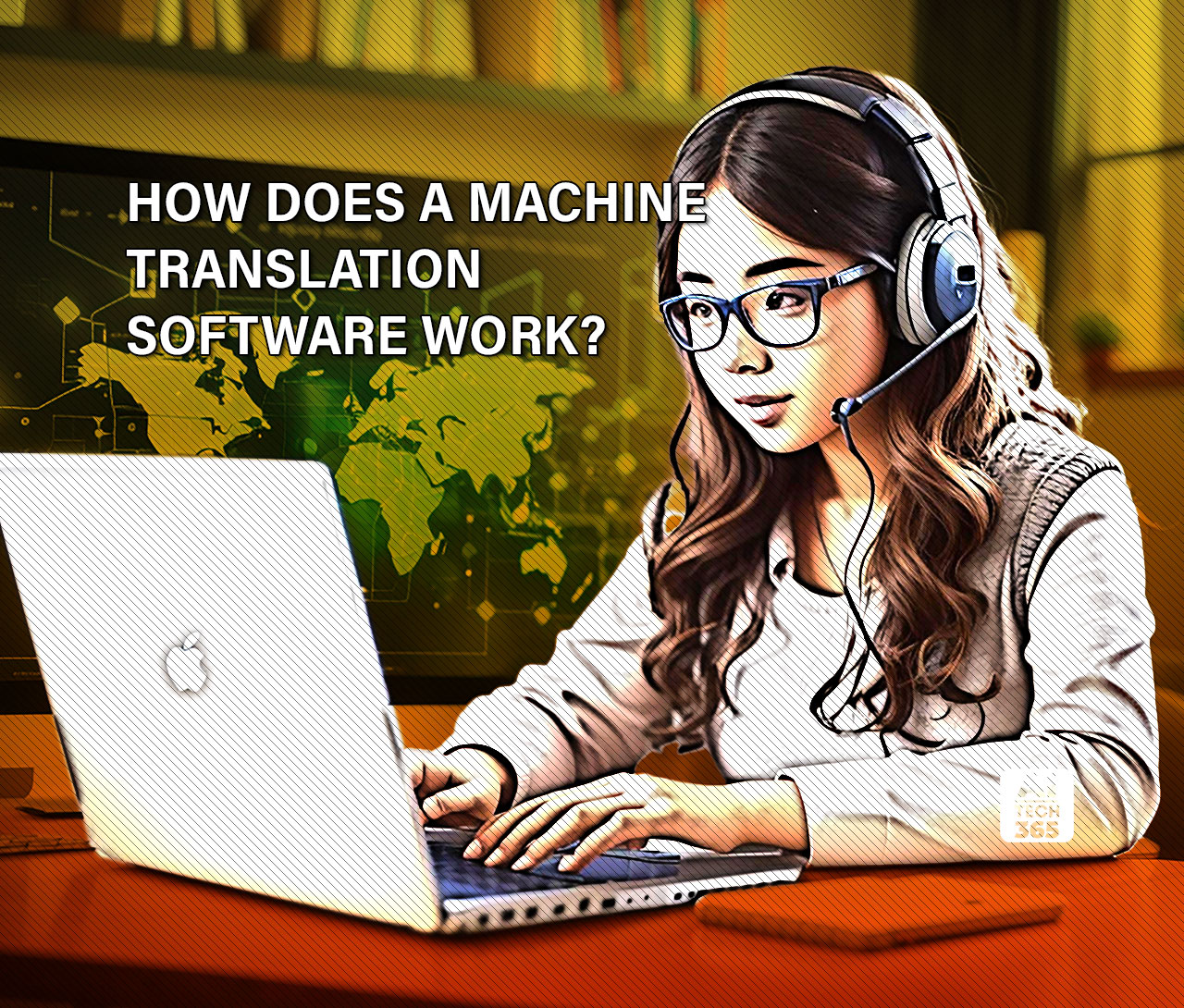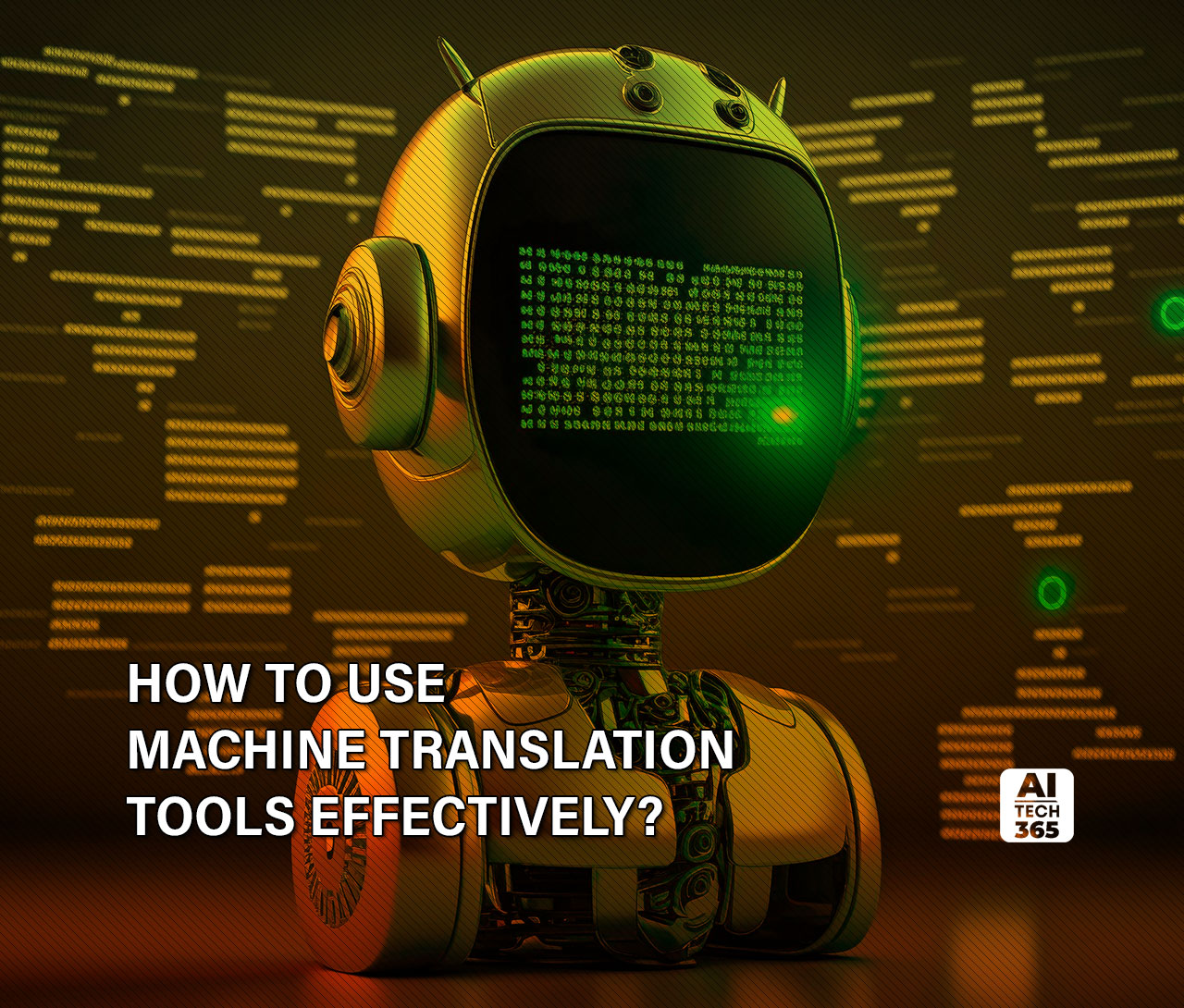In recent years, machine translation software has evolved into a valuable productivity tool due to advances in natural language processing, artificial intelligence (AI), and computing power. This guide provides insights into its definition, types, benefits, integration, and software selection to support global business growth.
What is Machine Translation?
Machine translation (MT) is a technology that uses computer algorithms to convert text or speech from one language to another.
In various industries like marketing and technology, MT plays a crucial role. It allows businesses to localize their websites, making them accessible to a broader audience by translating content into multiple languages. It also supports multilingual customer support, making communication between businesses and their international customers more efficient.
It is used in language learning platforms to provide real-time translations, helping learners better understand foreign languages. Overall, it has simplified cross-lingual communication, breaking down language barriers and facilitating global interactions.
What is Machine Translation Software?
Machine translation software, powered by artificial intelligence, offers automated translations of text across various languages. Businesses engaged in international projects utilize this tool as a viable alternative to human translators. The software analyzes source text, determines translations, and produces text in the target language. Ongoing technological advancements have significantly enhanced the accuracy of machine translation software over time.
The Origin of Machine Translation
Machine translation has its roots in the 1950s when it became one of the earliest applications of computing power, famously demonstrated in the Georgetown-IBM experiment. However, the complexity of the task exceeded the initial estimates of early computer scientists. It demanded substantial data processing power and storage capabilities beyond the reach of the early machines.
It wasn’t until the early 2000s that the necessary software, data, and hardware finally evolved to handle basic machine language translation. Early developers relied on statistical language databases to train computers to perform text translations. This training process was labor-intensive, and adding support for new languages required starting from scratch.
How Does a Machine Translation Software Work?
Machine translation software operates through advanced algorithms and machine learning models to automatically translate text or speech from one language to another. The process typically involves the following stages:
- Preparation: Input text or speech is filtered, cleaned, and organized to ensure optimal translation.
- Training: The machine translation system is trained using examples of texts in multiple languages and their respective translations. This helps the system understand patterns and probabilities of translation.
- Analysis: When a new text is input for translation, the system analyzes learned examples to generate the translated version, considering factors like grammar, syntax, and context.
- Adjustments: Additional adjustments may be made to refine translation results and improve accuracy.
There are various approaches to machine translation, including:
- Rule-Based Machine Translation (RBMT): Relies on predefined linguistic rules.
- Statistical Machine Translation (SMT): Analyzes existing human translations to find the closest match.
- Neural Machine Translation (NMT): Utilizes deep learning and neural networks to learn languages and enhance translation quality.
What Are the Advantages of Machine Translation?
- Time-Saving: It can swiftly translate entire text documents in seconds. However, it’s important to note that human translators should review and edit translations generated by machines.
- Cost-Efficient: It can significantly reduce costs since it relies less on human intervention.
- Term Memorization: It can remember and reuse key terms when and where they’re relevant, making it more efficient.
5 Best Machine Translation Software You Need to Know About in 2024
Now that we have a fair idea about MTs, let’s see the five best options available in the market:
- DeepL: Recognized for its advanced MT capabilities, DeepL leverages deep learning techniques and is supported by Linguee, the world’s largest human translation database.
- Google Translate: A widely known and popular MT tool, Google Translate offers translation services for a vast array of languages, accessible through its website and mobile app.
- Microsoft Translator: This is another prominent MT software, offering translation services across various platforms, including web, mobile, and desktop applications.
- Translate Me: Translate Me is a user-friendly MT software that provides translation services and supports multiple languages.
- Cloud Translation API: Offered by Google Cloud Platform, the Cloud Translation API allows developers to integrate translation capabilities into their applications and services.
How to Use Machine Translation Tools Effectively?
To make the most of machine translation software and ensure high-quality translations, consider these best practices:
- Define Your Goals: Clearly outline your objectives for using MT. Are you aiming for general understanding, or do you need precise translations for specific purposes, such as integrating MT into your models?
- Evaluate Input Format: Different MT tools excel in specific text types. For instance, Google Translate is suitable for short, straightforward sentences, while DeepL performs better with longer, complex texts. Select the tool that aligns well with your specific needs.
- Optimize Input: Enhance the quality of MT results by optimizing the input. This involves proper formatting, error correction, and providing context wherever possible.
- Review Output: Even the finest MT tools may require post-editing by a human translator, especially for sensitive or technical content. However, automated editing tools can assist in this process. Ensure the final output meets your quality standards.
Understanding the Distinction Between Automated and Machine Translation
Automated translation and MT are frequently mistaken for being the same, but they have distinct purposes.
Automated translation corresponds to the automated procedures that take place within a cloud translation management system (TMS) or conventional computer-assisted translation tool (CAT tool). It seeks to improve the translation process as a whole by streamlining repetitive or manual translation-related operations. As an example, it might initiate MT within a more extensive translation process.
On the other hand, MT is entirely software-driven and involves no human input. It’s the process of automatically converting text from one natural language to another. This is why it’s also referred to as automatic translation.
Limitations of Machine Translation
With its reduced latency and relatively low cost, MT is a compelling choice for companies seeking to effectively reach a global customer base. But just like every technology, it’s critical to understand that MT has a specific set of drawbacks.
Most issues can be effectively managed through the integration of human expertise—for example, machine translation post-editing (MTPE)—and increasingly through customizing your own MT engine.
By balancing linguistic accuracy and efficiency, both strategies can help organizations make use of machine translation’s advantages while resolving some of its drawbacks.
In a Nutshell
Machine translation software has revolutionized the way we communicate and bridge language barriers. While it may not be perfect and can sometimes produce errors, advancements in machine learning and artificial intelligence have greatly improved its accuracy and reliability. As technology continues to evolve, we can expect even more impressive developments in the field of MT, making language barriers a thing of the past and fostering a more connected and inclusive world.


